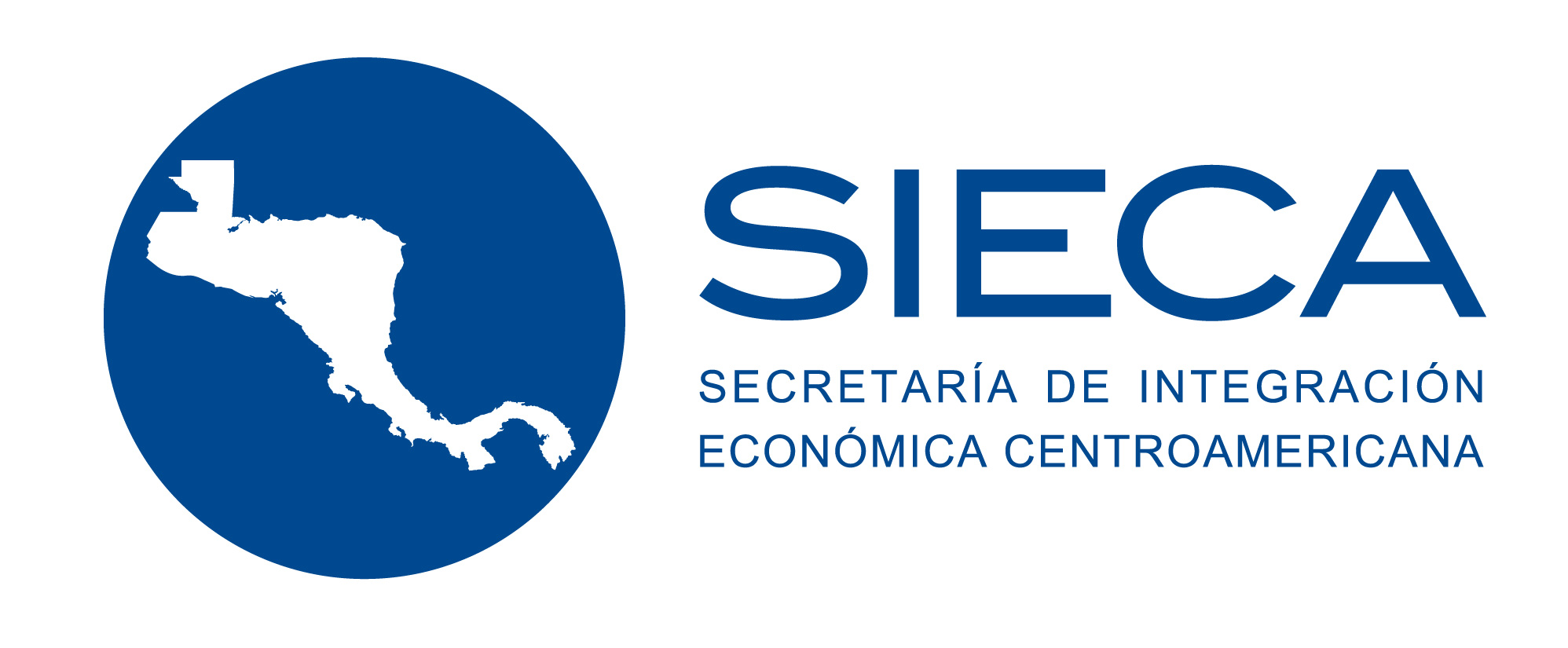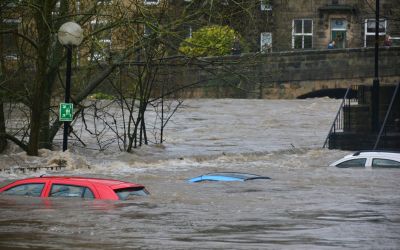Sustainable development and climate change in Central America
Climate Action spoke with Ms Carmen Gisela Vergara, Secretary General of the Secretariat of Central American Economic Integration (SIECA), about the challenges and opportunities being presented by climate change and the green economy in Central America

Climate Action spoke with Ms Carmen Gisela Vergara, Secretary General of the Secretariat of Central American Economic Integration (SIECA), about the challenges and opportunities being presented by climate change and the green economy in Central America.
In the economic scope, how is Central America exposed to the climate change situation?
Central America is a diverse region with a rich ecological and cultural heritage that is located in a unique geographical position in the world; we are the bridge that brings the Americas and connects with the Pacific and Atlantic oceans. The region contains 8% of the world's biological diversity, distributed in 206 ecosystem, 33 ecoregions and 20 life zones. We also have about 12% of the coasts of Latin America and the Caribbean, including 567,000 hectares of mangroves and 1,600 km of coral reefs.
Because of this, Central America is exposed to a wide range of high-impact weather events such as hurricanes, tropical storms and drought. Additionally, the ENSO phenomenon significantly affects the Pacific corridor causing periods of drought, affecting agricultural activities and tourism in the area. According to ECLAC studies, between 1972 and 2010, there were 33 natural disasters that caused damages in the order of 85,000 million dollars; generating significant losses in crops and logistics infrastructure, while reducing the productive capacity of the region.
What is the awareness level on the climate change issue in Central America?
Central America has increased its efforts to define adaptation and mitigation measures for climate change. As a result, the Presidents of the countries of the
Central American Integration System (SICA) have established climate change as one of their priorities as well as the Regional Climate Change Strategy (ERCC), adopted by the Council of Ministers of the Central American Commission on Environment and Development (CCAD) in 2010, which covers a multi-sectoral approach to the challenges as well as proposed actions to deal with them.
Various Councils of Ministers have established mandates for specific measures, including: the Regional Environmental Strategy Framework (RESF), the Central American Policy for Comprehensive Disaster Risk Management (CAPCDRM), The Mechanism of Catastrophe Risk Insurance Facility (CCRIF), the Central American Strategy for Rural Development (CASRD), the Regional Agro-environmental and Health Strategy (RAHS) and the Central American Agricultural Policy (CAAP). In addition the Ministries of Environment, Finance, Economics/Commerce, Health and Agriculture of SICA and its Executive Secretaries (CCAD, COSEFIN, SIECA, COMISCA and CAC); participate in the initiative on the Economics of Climate Change in Central America and the Dominica Republic (ECC-CARD) whose scope of action in the first two phases were:
a) Alert and race awareness in Central American decision makers and key stakeholders on the urgency of meeting the challenge of climate change by providing robust information on the nature of this threat.
b) Facilitate decision-making and actions to reduce vulnerabilities directly associated with this phenomenon.
c) Promote public policies for adaptation and transition to more sustainable and low-carbon economies.
Central America is one of the world's regions with less greenhouse gas emissions (GHG). With that being said, what actions can the region take to help in the global goal of reducing GHG emissions?
Less than 1% of carbon emissions worldwide correspond to Central America. This is why we need to concentrate more on adaptation to climate change. However there is always room to improve, by developing regional public policies that address the challenge of reducing emissions of greenhouse gases (GHGs) in the region.
Central America faces several challenges related to GHG, such as food security, finding new and more environmentally efficient ways of production while reducing costs and modernizing its energy matrix to incorporate more renewable sources.
All of these challenges have an impact on the productive sectors and therefore on consumers
All of these challenges have an impact on the productive sectors and therefore on consumers. This is why we believe that improving the customs clearance efficiency would reduce the trade related costs and thereby impact on the prices of goods that directly affects the food security of socially vulnerable populations.
In this regard, the Council of Ministers for Economic Integration (COMIECO), approved in October 2015 the Central American Trade Facilitation and Competitiveness Strategy with emphasis on Coordinated Border Management (GCF) seeking to make innovations in processes and procedures linked to intra-regional trade and transit of goods. And we are currently working the several international donors, to enact the Strategy, starting with several short measures, this year.
We believe that trade facilitation is a crucial element if we want to achieve a balance between the development of trade and the reduction of GHG emissions. When trade is developed inefficiently, the demand for transport services and the pressure on regional logistics infrastructure leads to an increase in GHG emissions.
Central America also has a large potential to diversify its modes of transport of goods by making greater use of short sea routes that generate less environmental damage compared to road and air modes. In 2010 transport services accounted 14% of GHG emission sources, being international trade a top demanding activity of those services. In this sense, in 2014 the Central America Sectorial
Council of Ministers of Transport (COMITRAN) approved the Central America Maritime Port Strategy that aims to convert Central America into a competitive and integrated region with the world maritime trade, as well as boosting regional port development to transform the region into a logistics platform to improve the foreign trade competitiveness.
Finally, the region must move towards the certification of export products according to their GHG footprint, this would allow the region to successfully deal with the barriers of entry into more sophisticated markets and promote a regional brand based on the transition to sustainable production schemes. There are interesting examples of this kind of certification process in exportable coffee of
Costa Rica and Honduras; these cases can be the beginning of a new wave of trade promotion in Central America in support to the global target of reducing GHG emissions.
Climate change being an important issue for Central America, what challenges have been identified in the energy sector for the region?
According to ECLAC the energy consumption in the region has a high prevalence of oil derivatives which account for about 48% of total energy consumption; in addition there is predominance in the use of firewood in remote rural areas because of the abundance of this resource and the low family income.
Despite that, the regional power generation through modern renewable sources such as wind power, biomass, hydro and geothermal covers 63.6% of the energy mix of the electricity industry. This makes Central America in a global reference in this industry and demonstrates the advantages of regional ecological and geographical diversity to move towards the use of more environmentally friendly energy.
The energy consumption in the region has a high prevalence of oil derivatives which account for about 48% of total energy consumption
Nonetheless, considering the intensity of the use of fossil fuels, the region should make major efforts to migrate to a system that moves these fuels by pipeline, which is the most efficient mode, compared to transport by sea and/or air.
The main challenge for the region is to continue to promote legislation that allows a move towards the use of more environmentally friendly energy to transform the overall energy mix. Having no reserves or significant production of hydrocarbons, the energy dependence and high vulnerability to oil prices shocks is a major risk for Central America, whose oil invoice in 2013 was around 6.4% of regional GDP.
This would also mean a new source of public and private investment in the region, creating jobs, lowering the price of goods and services and generally boosting the economy.
At the regional level the most ambitious commitment today corresponds to the Regional Environmental Strategy Framework 2015-2020 that established objectives and goals for reducing dependence on oil; increase the share of renewable sources; and increase efficiency in the supply and demand of energy; all of it having great impact in the quality of life of the people of Central America.


_-_frame_at_0m5s_400_250_80_s_c1.jpg)



